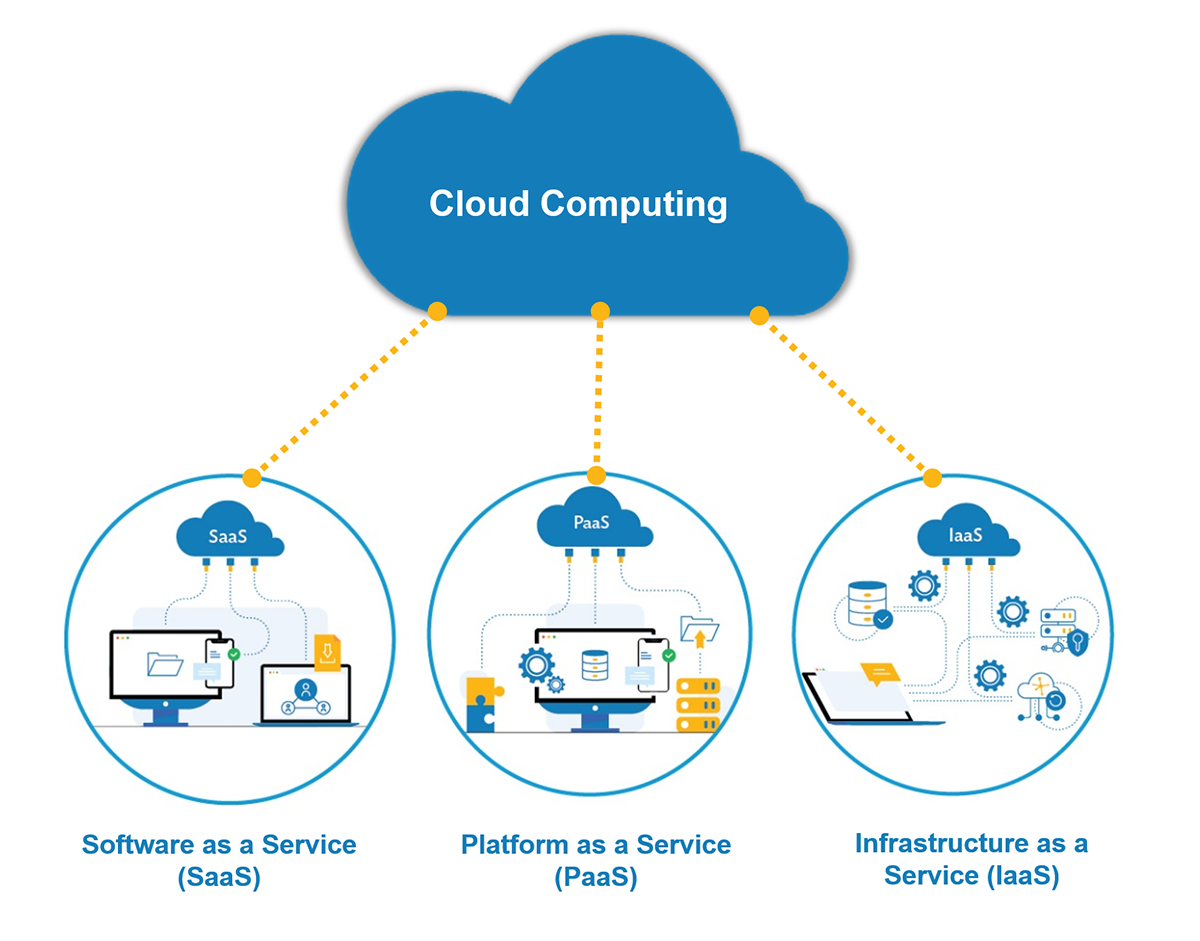Stay Upgraded with the Cloud Services Press Release: Trends and Growths
Wiki Article
Achieve Seamless Scalability With Cloud Provider
In the ever-evolving landscape of cloud solutions, achieving smooth scalability stands as a cornerstone for contemporary services seeking to remain competitive and versatile. The pursuit for seamless scalability with cloud services introduces a world of opportunities for those eager to embrace the transformative power of dynamic source administration.Advantages of Cloud Scalability
Cloud scalability provides companies the versatility to dynamically readjust sources based on demand, making sure optimal performance and expense efficiency. One vital advantage is the capacity to scale resources up or down swiftly in feedback to fluctuating work. This dexterity makes it possible for companies to fulfill altering consumer needs without over-provisioning sources, inevitably leading to cost financial savings. Scalability also enhances performance by making sure that systems can take care of increased traffic or workload without experiencing downtime or slowdowns. By efficiently allocating resources, companies can keep high levels of performance throughout peak times without unneeded costs during quieter durations. Additionally, cloud scalability promotes innovation and experimentation by enabling services to quickly evaluate originalities and scale them as required. This versatility motivates a society of constant enhancement and adjustment, allowing organizations to stay competitive in a rapidly developing market landscape. Ultimately, the benefits of cloud scalability extend past expense savings to include enhanced performance, dexterity, and innovation.Key Features for Scaling
Reliable scaling in cloud services relies upon key attributes that enable organizations to change resources dynamically based upon demand. One important attribute for scaling is elasticity, allowing sources to scale up or down in reaction to changing work. This ensures that organizations can satisfy performance demands without over-provisioning sources. One more vital feature is scalability, making it possible for systems to take care of boosted work by adding sources perfectly. This feature is important for suiting growth without jeopardizing performance. In addition, automation plays an important duty in scaling by automating the provisioning and de-provisioning of sources based upon predefined policies. Automation decreases human intervention, enhances efficiency, and ensures fast response to altering demands. Tracking and analytics devices are likewise vital for scaling, supplying insights into resource use, efficiency metrics, and possible bottlenecks. These devices enable organizations to maximize and make enlightened choices source allocation for effective scaling. Generally, these vital features jointly equip companies to achieve smooth scalability in cloud solutions.Implementing Auto-Scaling Strategies
To effectively optimize source appropriation and adapt to differing workloads, companies must tactically implement auto-scaling approaches in their cloud services framework. Auto-scaling enables systems to instantly change the variety of compute resources based on real-time need. There are different auto-scaling methods that organizations can use, such as anticipating scaling, which uses historical data to forecast future source needs, and responsive scaling, which reacts to current workload changes.
Finest Practices for Scalability
For companies intending to improve their scalability in cloud solutions, applying best methods is important for optimal performance and source management. One secret best practice is developing applications with a microservices style. This approach breaks down applications into smaller, independent services that can be deployed, updated, and scaled separately, enabling for higher versatility and scalability.An additional vital method is using containerization technology, such as Docker or Kubernetes. Containers make it possible for the packaging of applications and their reliances into separated devices, making it less complicated to scale parts separately and release them regularly throughout various settings.
Additionally, executing automated deployment and facilities as code (IaC) can streamline scalability initiatives (linkdaddy cloud services). Automation tools like Terraform or Ansible help in provisioning and handling sources efficiently, reducing manual errors and allowing fast scalability
Additionally, monitoring efficiency metrics, establishing informs, and carrying out normal ability planning are vital practices to ensure positive scalability administration. By adhering to these best methods, organizations can attain smooth scalability in their cloud solutions while optimizing efficiency and resource application.
Surveillance Performance Metrics
When examining the efficiency of cloud solutions scalability, closely keeping track of performance metrics is imperative for ensuring optimum capability and source allotment. By constantly tracking essential efficiency indications (KPIs) such as reaction times, latency, source, and throughput utilization, companies can acquire valuable insights into click to read the wellness and effectiveness of their cloud infrastructure. Checking performance metrics enables the early detection of prospective bottlenecks or issues that can affect scalability, enabling positive actions to be required to resolve them prior to they rise.

Final Thought
To conclude, achieving seamless scalability with cloud solutions is essential for companies to maximize efficiency, boost innovation, and keep high efficiency levels throughout peak times. By leveraging the advantages of cloud scalability, implementing auto-scaling strategies, making use of crucial features such as elasticity and automation, and adhering to best methods like application style and efficiency tracking, businesses can efficiently scale their systems while making best use of source use and performance.The mission for smooth scalability with cloud solutions unveils a world of opportunities for those ready to embrace the transformative power of dynamic resource administration.
Cloud scalability supplies companies the versatility to dynamically readjust sources based on need, ensuring optimum efficiency and cost performance. Another vital function is scalability, enabling systems to take care read the article of increased workload by adding resources seamlessly.For companies intending to enhance their scalability in cloud services, applying ideal methods is crucial for optimal performance and resource management.When examining the efficiency of cloud services scalability, closely keeping an eye on efficiency metrics is vital for guaranteeing ideal capability and resource allowance.
Report this wiki page